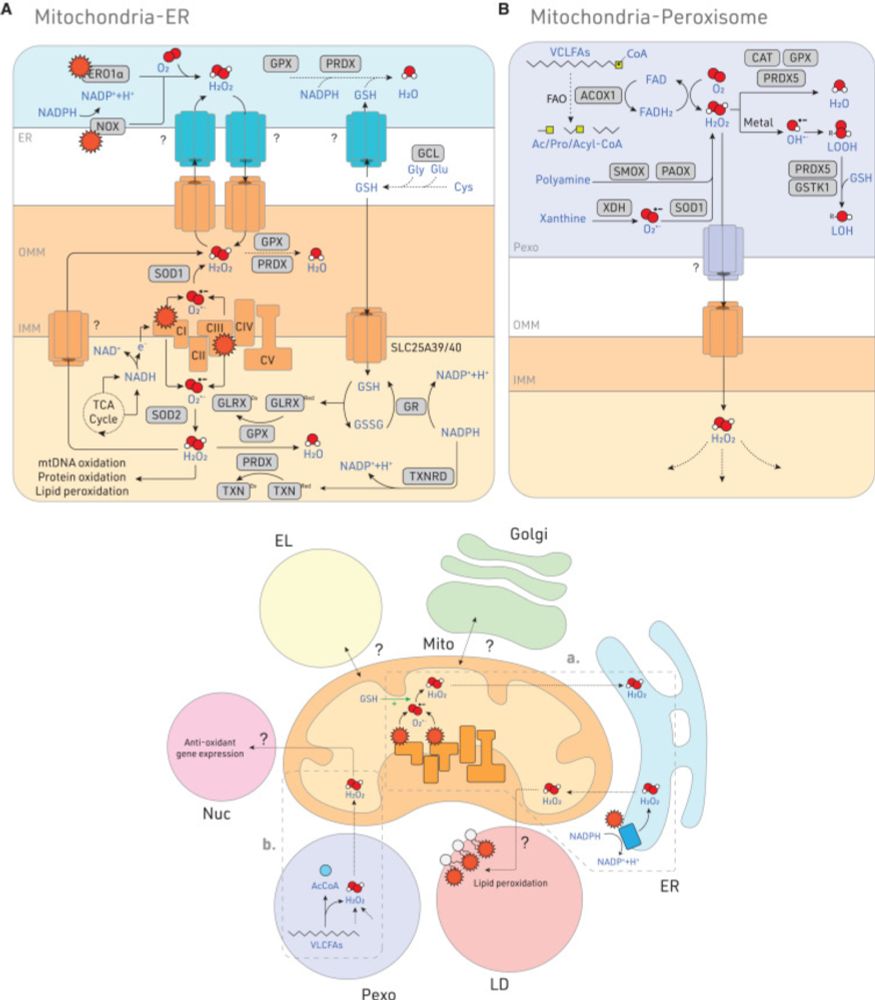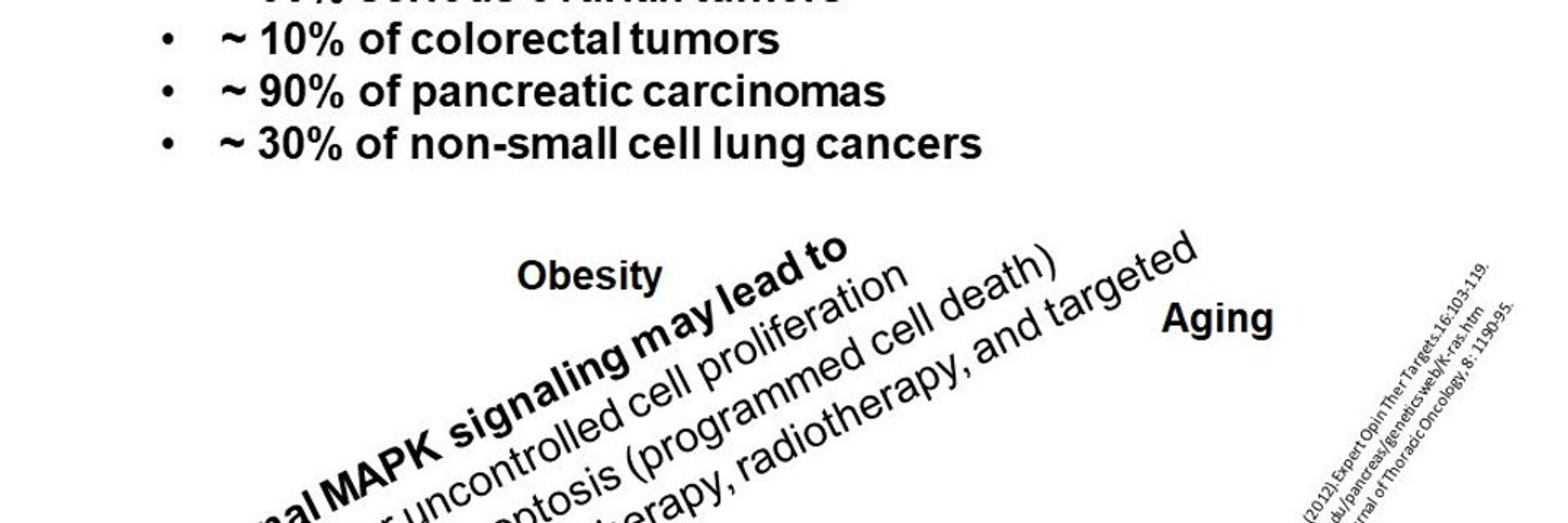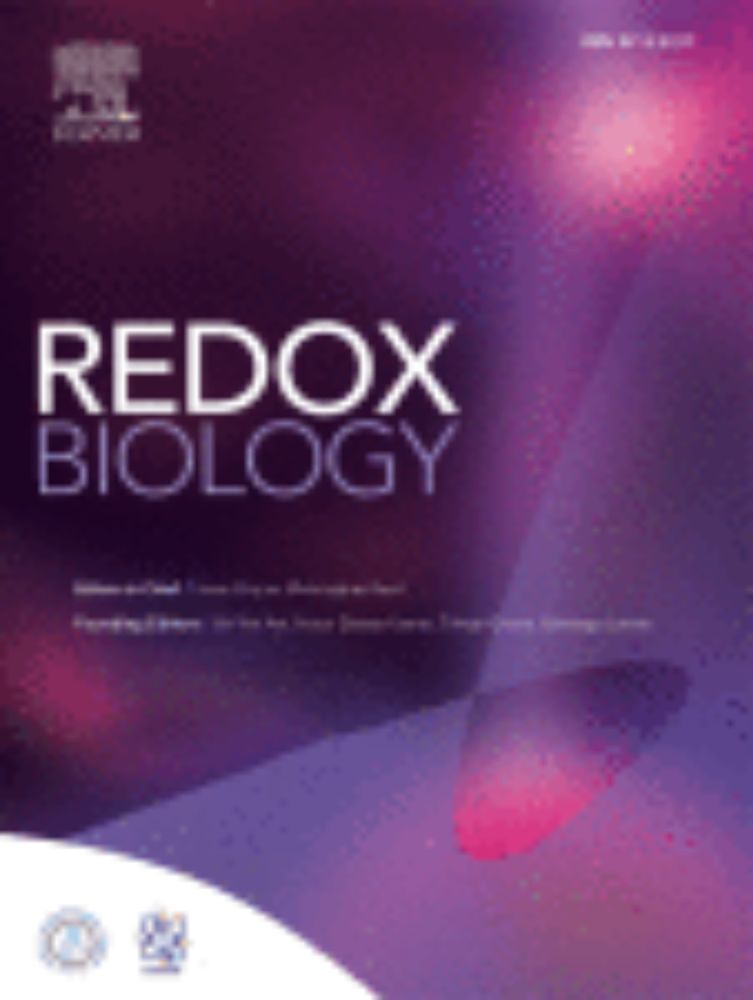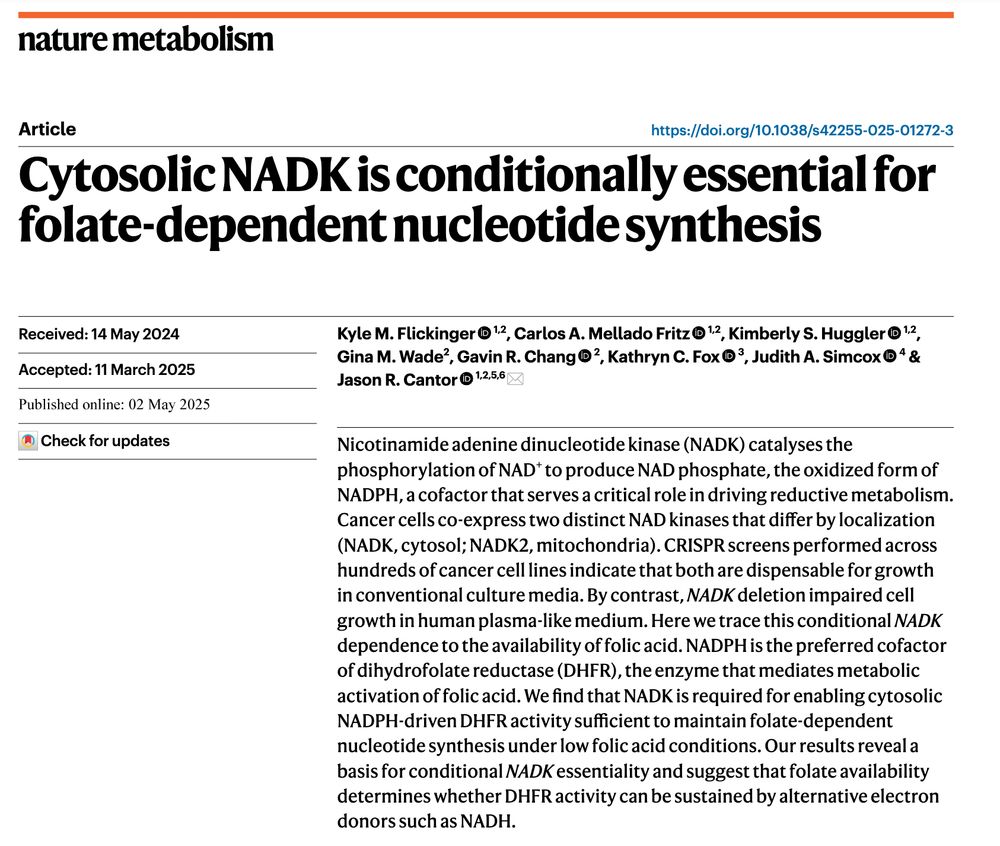Eunus S. Ali, Ph.D.
@eunusali.bsky.social
860 followers
2.2K following
36 posts
Assistant Professor at Markey (Comprehensive) Cancer Center. http://eal-metabolab.com. Ex-postdoc (@bensahralab) at Northwestern, Metabolism and signaling lover. Writer. Stockholm alum. ORCID: https://orcid.org/0000-0002-9477-3500
Posts
Media
Videos
Starter Packs
Eunus S. Ali, Ph.D.
@eunusali.bsky.social
· Jul 26

Calcium Signaling As a Therapeutic Target for Liver Steatosis
Hepatic steatosis, the first step in nonalcoholic fatty liver disease (NAFLD), can
arise from various pathophysiological conditions. While lipid metabolism in the liver
is normally balanced such that ...
www.cell.com
Reposted by Eunus S. Ali, Ph.D.
Yousuf A. Khan
@yousufakhan.bsky.social
· Aug 27
Yousuf A. Khan (YAK) Lab - RNA Research at Stanford University
Yousuf A. Khan (YAK) Lab - Studying RNA folding, interactions, and cellular effects using Molecular and Cellular Physiology, Structural Biology, and Machine Learning at Stanford University
www.yousufakhan.com
Eunus S. Ali, Ph.D.
@eunusali.bsky.social
· Aug 26

Ribonucleotide reductase regulatory subunit M2 drives glioblastoma TMZ resistance through modulation of dNTP production
Ribonucleotide reductase subunit M2-mediated dGTP and dCTP production promotes resistance to standard-of-care chemotherapy in GBM.
www.science.org
Eunus S. Ali, Ph.D.
@eunusali.bsky.social
· Aug 20

Impaired Ca2+ signaling due to hepatic steatosis mediates hepatic insulin resistance in Alström syndrome mice that is reversed by GLP-1 analog treatment | American Journal of Physiology-Cell Physiology | American Physiological Society
Ca2+ signaling plays a critical role in the regulation of hepatic metabolism by hormones including insulin. Changes in cytoplasmic Ca2+ regulate synthesis and posttranslational modification of key signaling proteins in the insulin pathways. Emerging evidence suggests that hepatocyte intracellular Ca2+ signaling is altered in lipid-loaded liver cells isolated from obese rodent models. The mechanisms of altered Ca2+-insulin and insulin-Ca2+ signaling pathways in obesity remain poorly understood. Here, we show that the kinetics of insulin-initiated intracellular (initial) Ca2+ release from endoplasmic reticulum is significantly impaired in steatotic hepatocytes from obese Alström syndrome mice. Furthermore, exenatide, a glucagon-like peptide-1 (GLP-1) analog, reversed lipid-induced inhibition of intracellular Ca2+ release kinetics in steatotic hepatocytes, without affecting the total content of intracellular Ca2+ released. Exenatide reversed the lipid-induced inhibition of intracellular Ca2+ release, at least partially, via lipid reduction in hepatocytes, which then restored hormone-regulated cytoplasmic Ca2+ signaling and insulin sensitivity. This data provides additional evidence for the important role of Ca2+ signaling pathways in obesity-associated impaired hepatic lipid homeostasis and insulin signaling. It also highlights a potential advantage of GLP-1 analogs when used to treat type 2 diabetes associated with hepatic steatosis.
journals.physiology.org
Reposted by Eunus S. Ali, Ph.D.
Eunus S. Ali, Ph.D.
@eunusali.bsky.social
· Jul 26

Calcium Signaling As a Therapeutic Target for Liver Steatosis
Hepatic steatosis, the first step in nonalcoholic fatty liver disease (NAFLD), can
arise from various pathophysiological conditions. While lipid metabolism in the liver
is normally balanced such that ...
www.cell.com
Eunus S. Ali, Ph.D.
@eunusali.bsky.social
· Jul 26

Calcium Signaling As a Therapeutic Target for Liver Steatosis
Hepatic steatosis, the first step in nonalcoholic fatty liver disease (NAFLD), can
arise from various pathophysiological conditions. While lipid metabolism in the liver
is normally balanced such that ...
www.cell.com
Eunus S. Ali, Ph.D.
@eunusali.bsky.social
· Jul 26

Calcium Signaling As a Therapeutic Target for Liver Steatosis
Hepatic steatosis, the first step in nonalcoholic fatty liver disease (NAFLD), can
arise from various pathophysiological conditions. While lipid metabolism in the liver
is normally balanced such that ...
www.cell.com
Eunus S. Ali, Ph.D.
@eunusali.bsky.social
· Jul 20

Regulation of nucleotide metabolism in cancers and immune disorders
Nucleotides are the fundamental building blocks for the preservation of life. As monomeric
units, purine and pyrimidine nucleotides are polymerized into RNA and DNA. Mammalian
cells require extracellu...
www.cell.com
Reposted by Eunus S. Ali, Ph.D.
Lyssiotis Lab
@lyssiotislab.bsky.social
· Jul 18
Lyssiotis awarded Stephenson Global Scholar Grant for pancreatic cancer research
Costas Lyssiotis, Ph.D., co-director of the Rogel and Blondy Center for Pancreatic Cancer at the Rogel Cancer Center, was one of six researchers to receive inaugural grants from the Stephenson Global ...
michmed.org
Eunus S. Ali, Ph.D.
@eunusali.bsky.social
· Jun 16

Itaconate promotes inflammatory responses in tissue-resident alveolar macrophages and exacerbates acute lung injury
Shan et al. demonstrate that itaconate promotes proinflammatory cytokine production
and NLRP3 inflammasome activation in alveolar macrophages, contrasting its anti-inflammatory
role in BMDMs. Itaconat...
www.cell.com
Reposted by Eunus S. Ali, Ph.D.
Eunus S. Ali, Ph.D.
@eunusali.bsky.social
· May 30

Mitochondria-organelle crosstalk in establishing compartmentalized metabolic homeostasis
Mitochondria are metabolic hubs that communicate with other organelles via metabolite-,
lipid-, and signaling-molecule exchange facilitated by membrane contact sites (MCSs).
MCSs, regulated by tetheri...
www.cell.com
Eunus S. Ali, Ph.D.
@eunusali.bsky.social
· May 30

Mitochondria-organelle crosstalk in establishing compartmentalized metabolic homeostasis
Mitochondria are metabolic hubs that communicate with other organelles via metabolite-,
lipid-, and signaling-molecule exchange facilitated by membrane contact sites (MCSs).
MCSs, regulated by tetheri...
www.cell.com
Eunus S. Ali, Ph.D.
@eunusali.bsky.social
· May 30

Frontiers | Landscape of targets within nucleoside metabolism for the modification of immune responses
Nucleoside metabolism regulates immune cell development and function, but the therapeutic implications of this link have yet to be fully realized. Evidence f...
www.frontiersin.org
Eunus S. Ali, Ph.D.
@eunusali.bsky.social
· May 27

Stepwise ATP translocation into the endoplasmic reticulum by human SLC35B1 - Nature
SLC35B1, initially thought to be a nucleotide sugar transporter, is an essential ATP/ADP exchanger that imports ATP into the endoplasmic reticulum through a unique stepwise translocation mechanism.
www.nature.com
Reposted by Eunus S. Ali, Ph.D.






